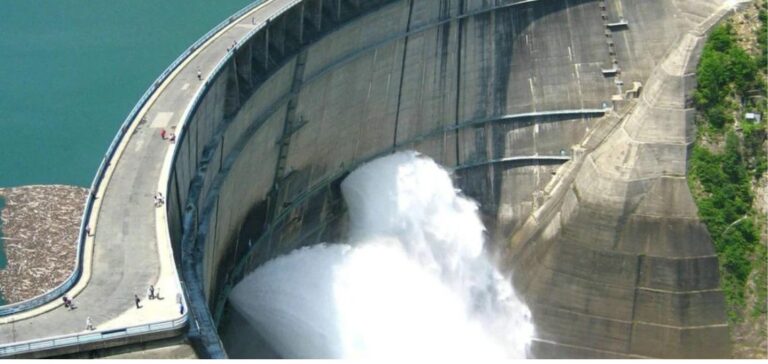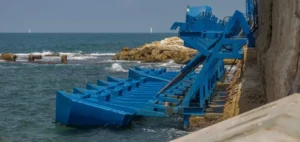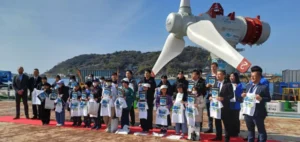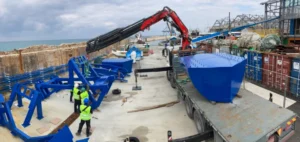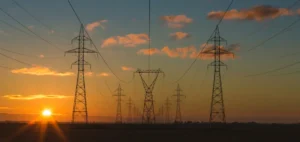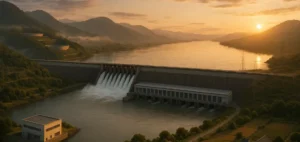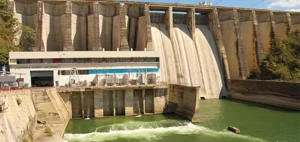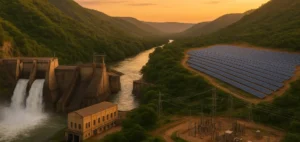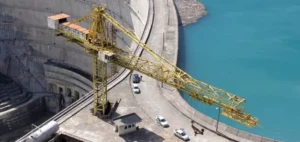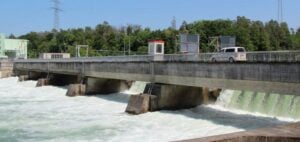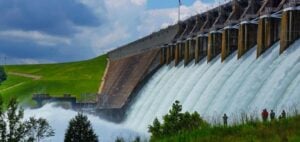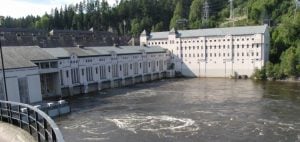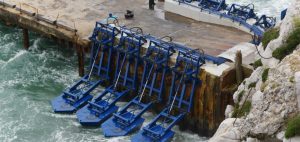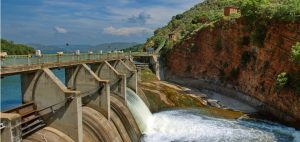The Japanese power generation company Electric Power Development Co. Ltd(J-POWER) has announced the start of the modernization of the Suezawa hydropower plant in Niigata Prefecture, Japan.
The plant, which began operating in 1958, will undergo a complete upgrade to improve reliability, streamline operations and reduce labor costs. J-POWER plans to update the plant’s major components, including the two turbines and generators, and has developed a new type of water turbine that uses fluid dynamics technology to optimize the complex shape of the blades.
Modernization of the Suezawa hydroelectric plant: a step towards sustainability
This innovative design will allow for more efficient power generation compared to conventional manufacturers’ designs, reducing water turbine losses.
As part of the upgrade, the maximum water intake at the Hiraishi intake dam will be increased from 6.2 tons to 8.6 tons per second, which will increase the unit’s capacity from 1.5 MW to 2.2 MW and increase the amount of electricity generated. The project is expected to be completed in November 2024, after which the plant will resume operations with improved efficiency.
J-POWER, headquartered in Chuo-ku, Tokyo, operates hydroelectric projects in China and the Philippines and has hydroelectric plants under construction and development in Australia and the United States. The company aims to develop its renewable energy projects to achieve carbon neutrality.
The modernization of the Suezawa hydropower plant is a step forward in Japan’s efforts to promote renewable energy and reduce its dependence on fossil fuels. By adopting innovative technologies and improving operational efficiency, J-POWER is demonstrating its commitment to sustainability and contributing to the global effort to combat climate change.

